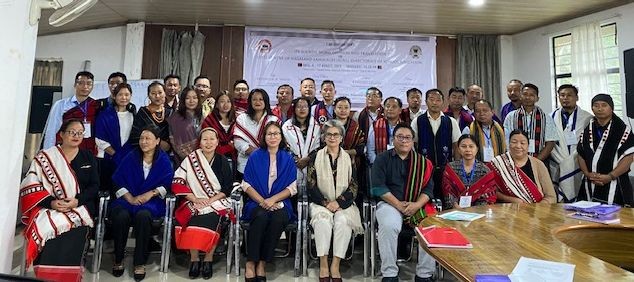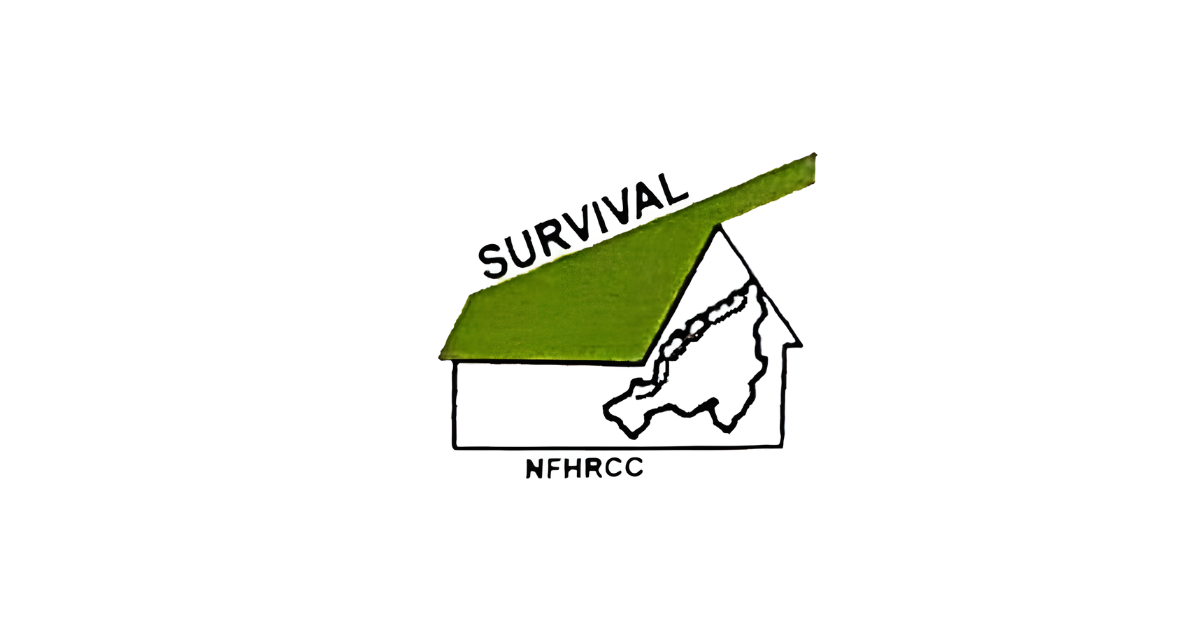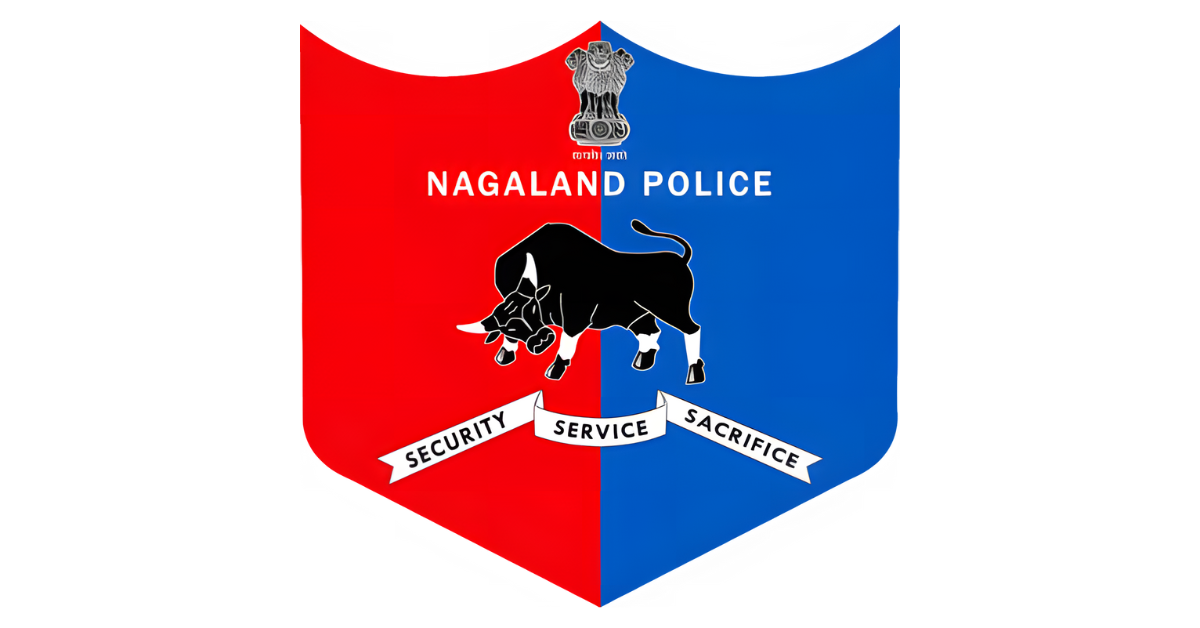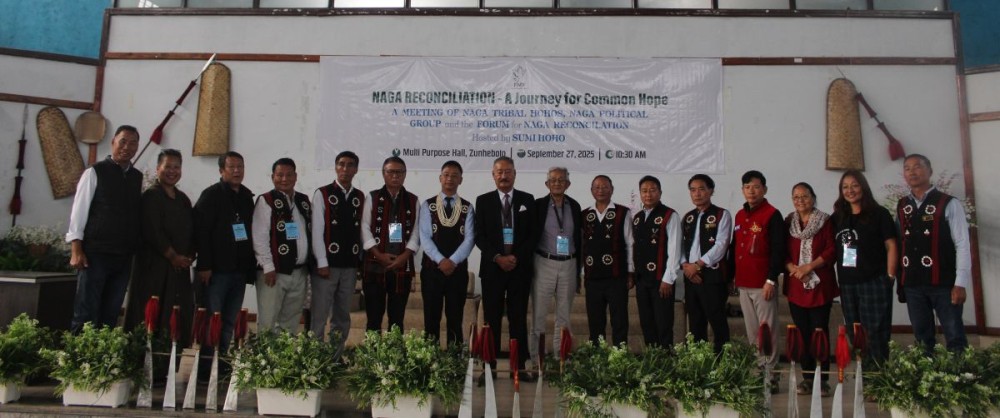Nagaland University is spearheading a significant initiative to develop written grammar frameworks for 18 recognised Naga languages. This project, in partnership with the state’s Directorate of School Education, aims to formally integrate these languages into the school curriculum. The move represents a pivotal step in preserving the region’s rich linguistic heritage for future generations, in line with the National Education Policy NEP 2020.
Formalising language for the classroom
For many years, Naga languages have been taught in schools without dedicated written grammar resources, creating a persistent gap for both teachers and students. The project directly addresses this by creating structured grammars that will cover parts of speech, tense and aspect, phrase structures, tone, and orthography.
These resources are set to be included in textbooks for Classes 5 through 12, providing a consistent and clear foundation for language instruction alongside existing prose and poetry. The State Council of Educational Research and Training SCERT and the Nagaland Board of School Education NBSE will oversee the integration of these materials.
Also Read: MGM College hosts debate on single-use plastic ban
A collaborative push for standardisation
This extensive effort is being led by Dr. Mimi Kevichüsa Ezung, Head of the Department of Tenyidie at Nagaland University. The initiative unites multiple stakeholders, including various Language Literature Boards, the State Centre of Naga Languages SCNL, SCERT, and NBSE. To equip language experts for the task, Nagaland University is conducting technical workshops for SCNL officers to help them document and translate grammatical categories for their specific languages.
Furthermore, teacher training programs and refresher courses are planned to ensure a smooth transition into classrooms and to build strong linguistic foundations from the early grades.
Expanding educational and cultural horizons
The initiative encompasses Ao, Chang, Chokri, Khiamniungan, Konyak, Kuki, Kuzhale Khezha, Liangmai, Lotha, Nthenyi Southern Rengma, Nzonkhwe Northern Rengma, Phom, Pochury, Sangtam, Sümi, Tenyidie Angami, Yimkhiung, and Zeme. At present, only a handful of these languages, Tenyidie, Ao, Lotha, and Sümi, are taught beyond Class 8, with Tenyidie being the only one offered at the M.A. and Ph.D. levels.
Also Read: “Bring Back Rishi” trend grows amid Labour slump in polls
establishing formal grammars, the project aims to broaden opportunities for higher level instruction across more languages and reduce the risk of their marginalisation. This work is framed as both an academic and cultural mission, aligning with the NEP 2020’s focus on mother tongue education and promoting pride in indigenous identity and knowledge.




